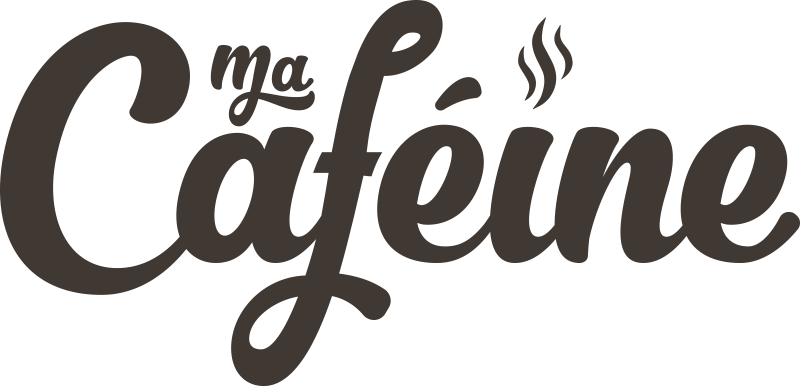
We're often asked about the caffeine content of a particular coffee, and it's often difficult to give you an answer about the beans. On the other hand, we can be more precise when it comes to recipes such as espresso or filter coffee.
Here, then, is an article that sheds a little more light on the levels and percentages of caffeine in coffee and its various recipes.
Which coffee recipe has the most caffeine?
The coffee with the highest caffeine content is generally espresso. Espresso is prepared by passing hot water at high pressure through a small quantity of finely ground coffee, extracting a high concentration of caffeine. A typical shot of espresso (about 1 ounce or 30 ml) contains around 63 mg of caffeine.
Compared with other brewing methods, espresso has a higher concentration of caffeine per unit volume. For example, an 8-ounce (240 ml) cup of filter coffee may contain around 95 mg of caffeine, which is higher in absolute terms, but given the greater volume, espresso contains more caffeine per ounce (30 ml) of liquid.
However, it's important to note that the actual amount of caffeine in a cup of coffee can vary depending on many factors, including the type of coffee beans used, brewing time and cup size. The above figures are general estimates and may vary from one preparation to another.

What percentage of caffeine is found in different coffee recipes?
Here are approximate caffeine percentages for various common coffee recipes:
- Espresso generally contains around 63 mg of caffeine per 1-ounce (30 ml) shot, or about 2.1% caffeine.
- Traditional filter coffee has about 95 mg of caffeine per 8-ounce (240 ml) cup, which corresponds to about 1.2% caffeine.
- Instant coffee has a slightly lower caffeine content, with around 63 mg of caffeine per 8-oz (240 ml) cup, or around 0.8% caffeine.
- Decaffeinated coffee generally contains between 2 and 5 mg of caffeine per 8-oz (240 ml) cup, which is extremely low, at less than 0.1% caffeine.
It's important to note that these figures are general estimates, and that caffeine content may vary according to various factors such as preparation method, type of coffee beans used and brewing time. Cup sizes can also vary, which can influence the total amount of caffeine consumed.

Is there more caffeine in an espresso than in a long coffee?
Well, no. In general, there's more caffeine in a long coffee than in an espresso. Although espresso is more concentrated in caffeine per unit volume, a long coffee contains more water, which increases the total amount of caffeine in the cup.
A typical espresso contains around 63 mg of caffeine per 1 oz (30 ml) shot. On the other hand, an 8-ounce (240 ml) cup of elongated coffee made from similar beans can contain around 95 mg of caffeine. The difference lies in the amount of water used in preparation. Espresso is prepared with a small amount of water (around 30 ml), while long coffee is prepared with a larger amount of water (around 240 ml).
As a result, although espresso is more concentrated in caffeine, long coffee contains more caffeine overall due to the greater amount of water used.











